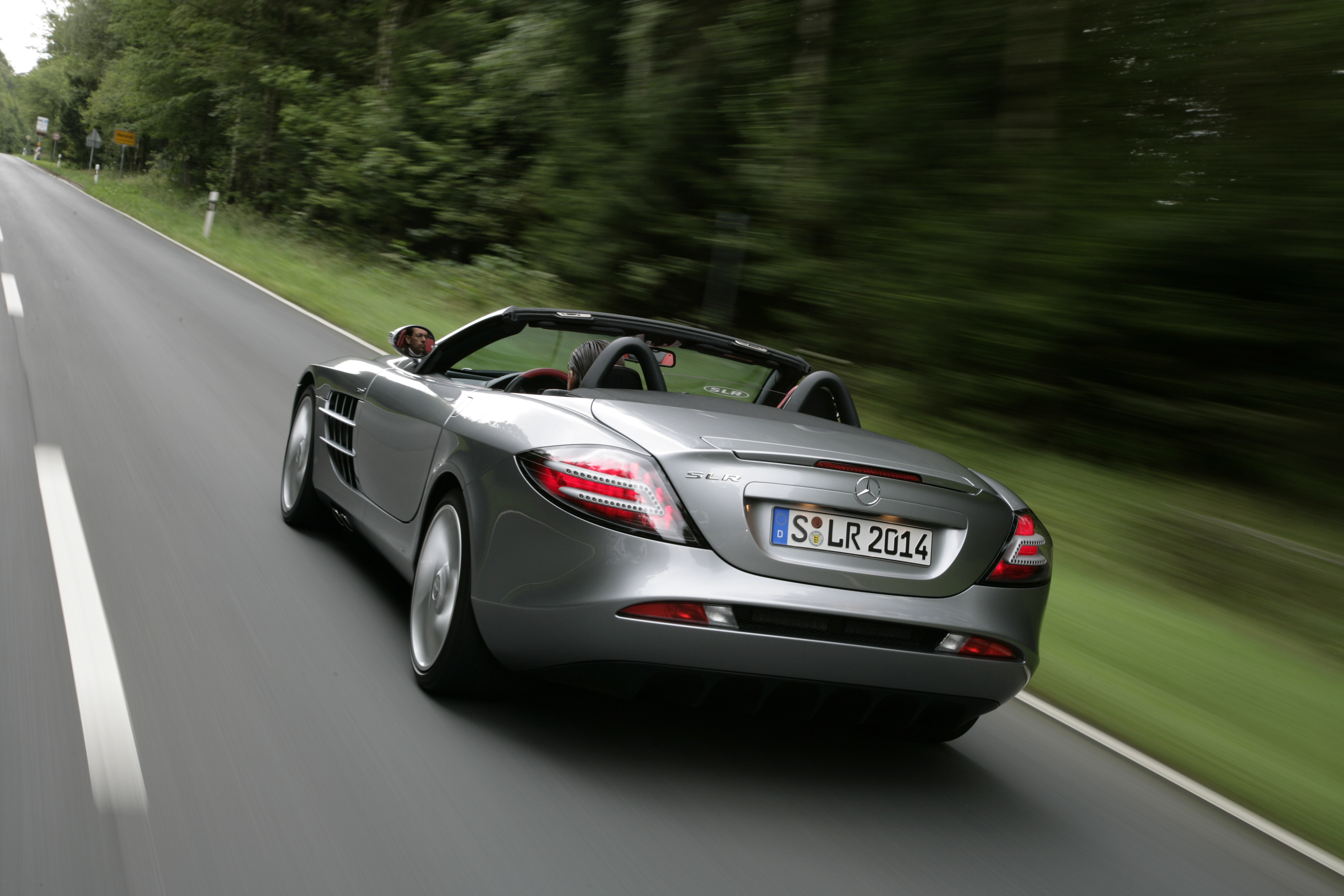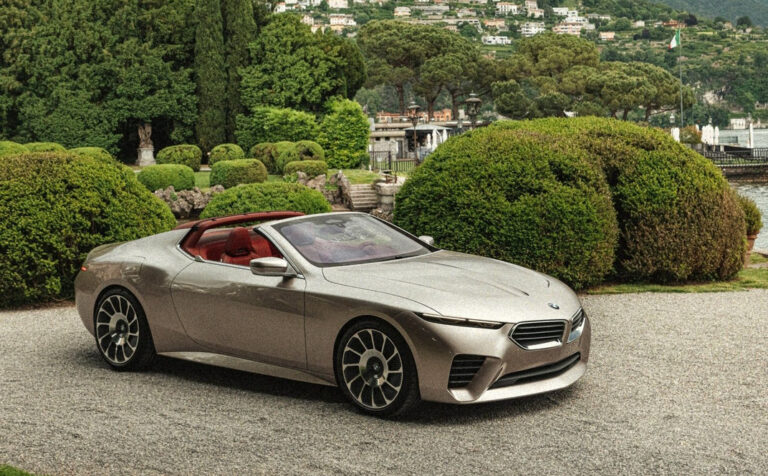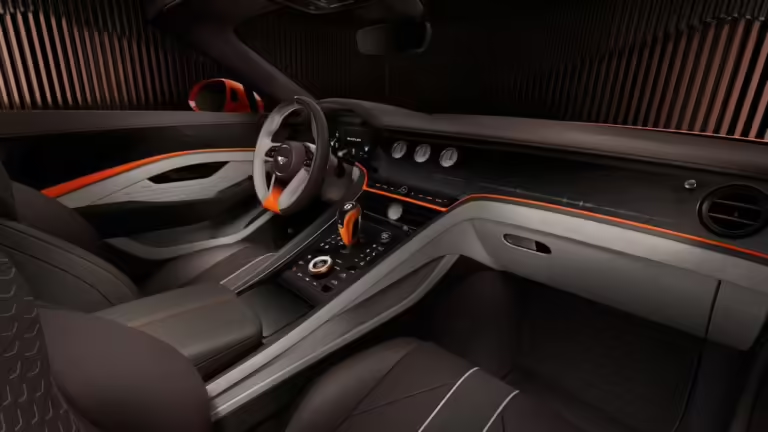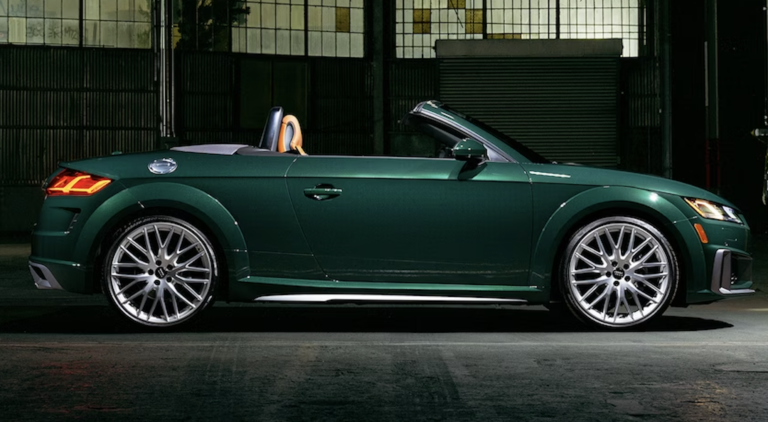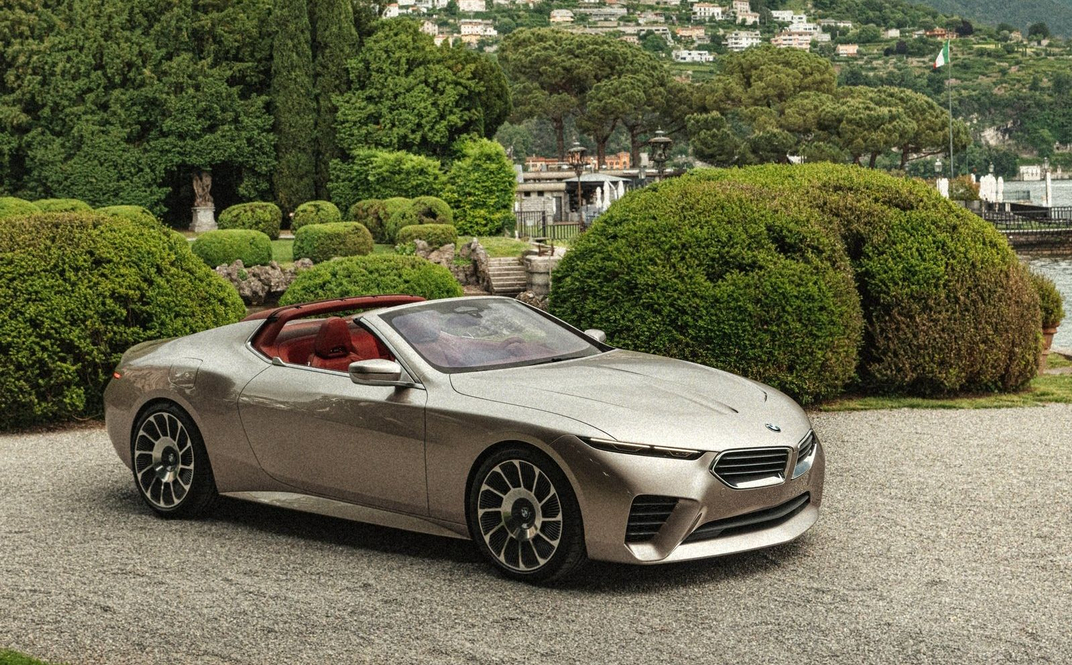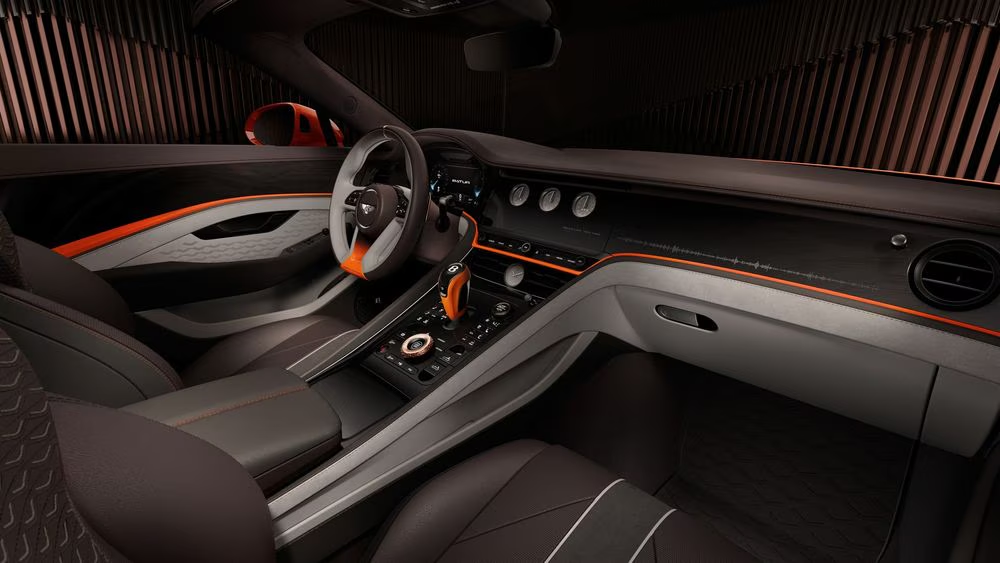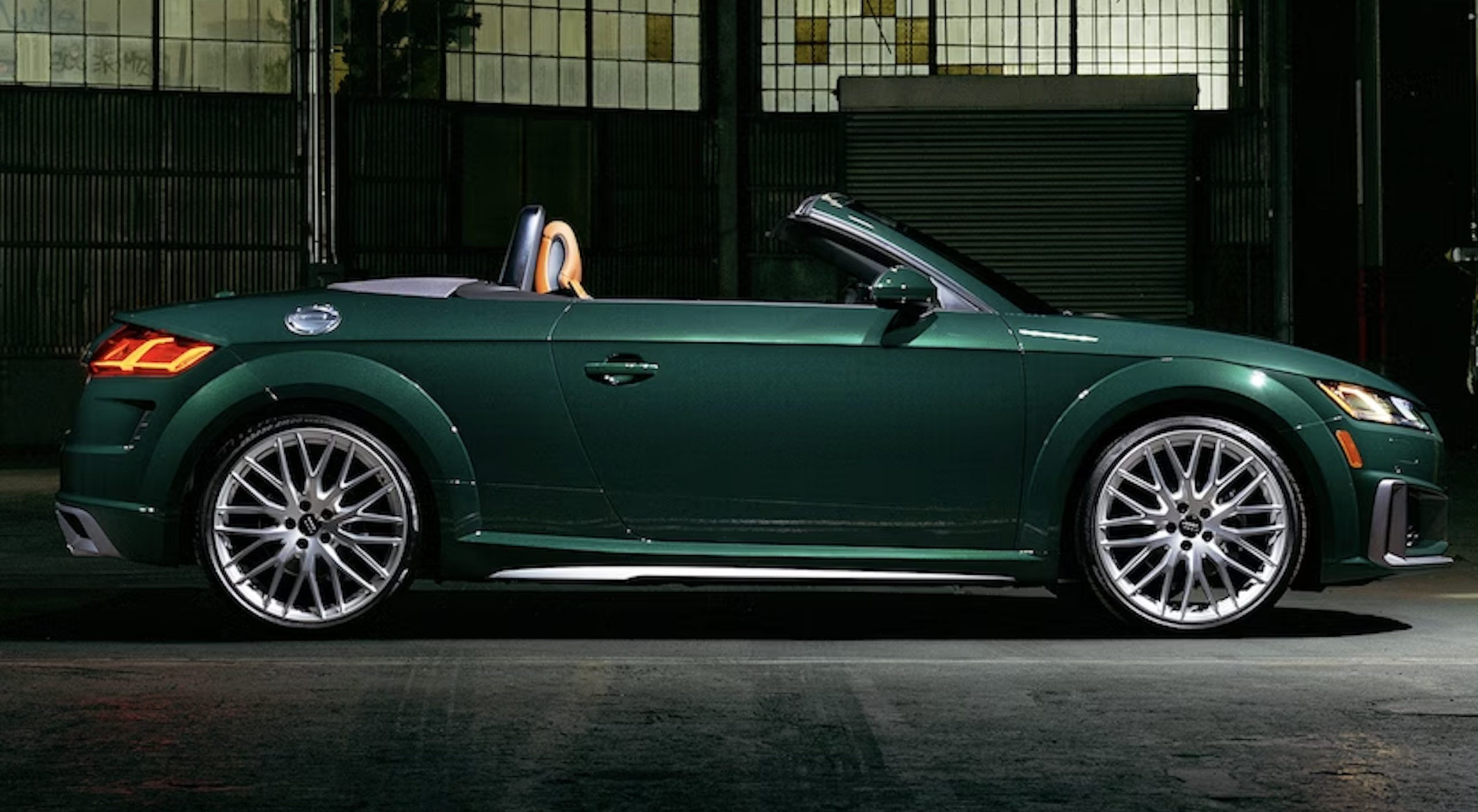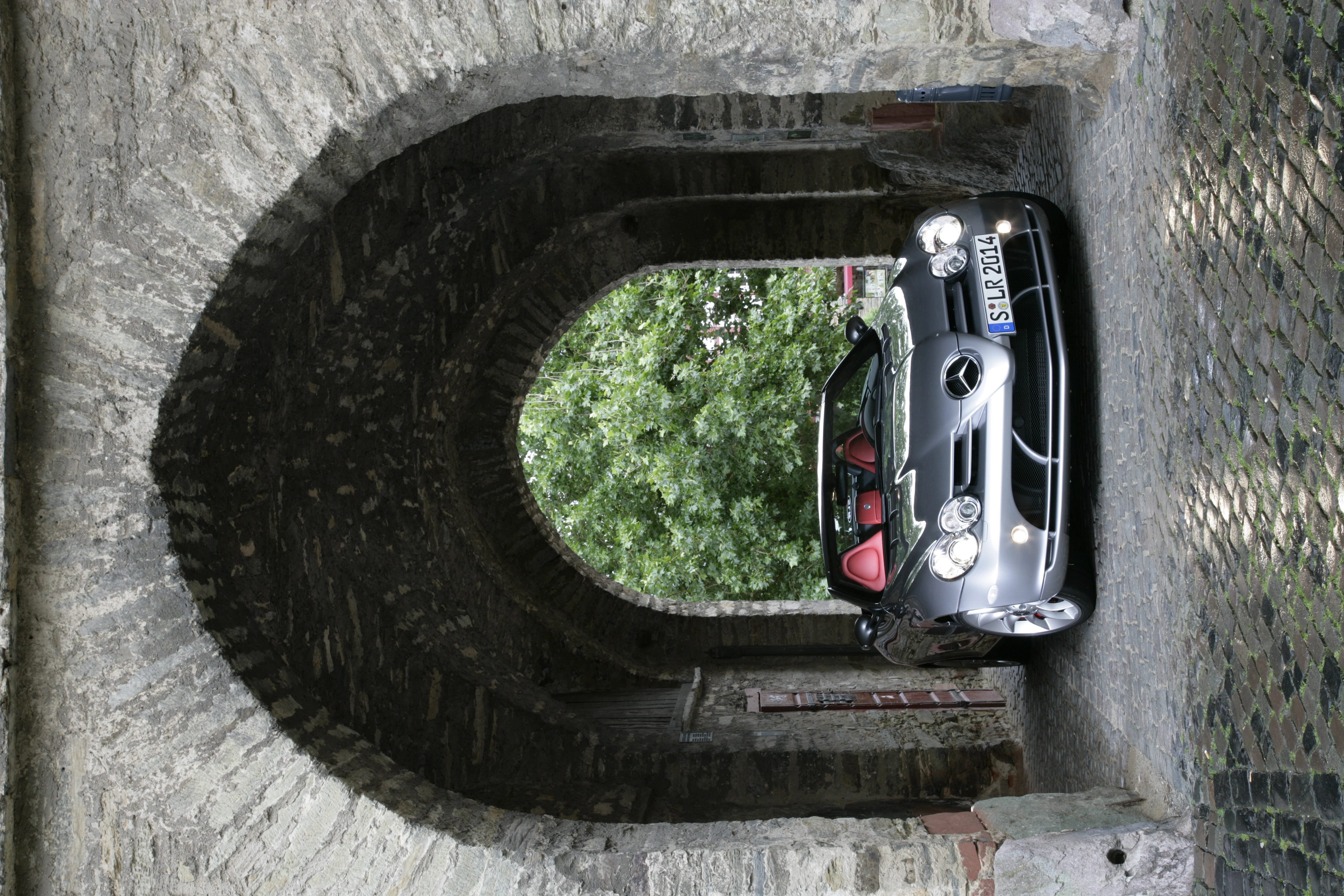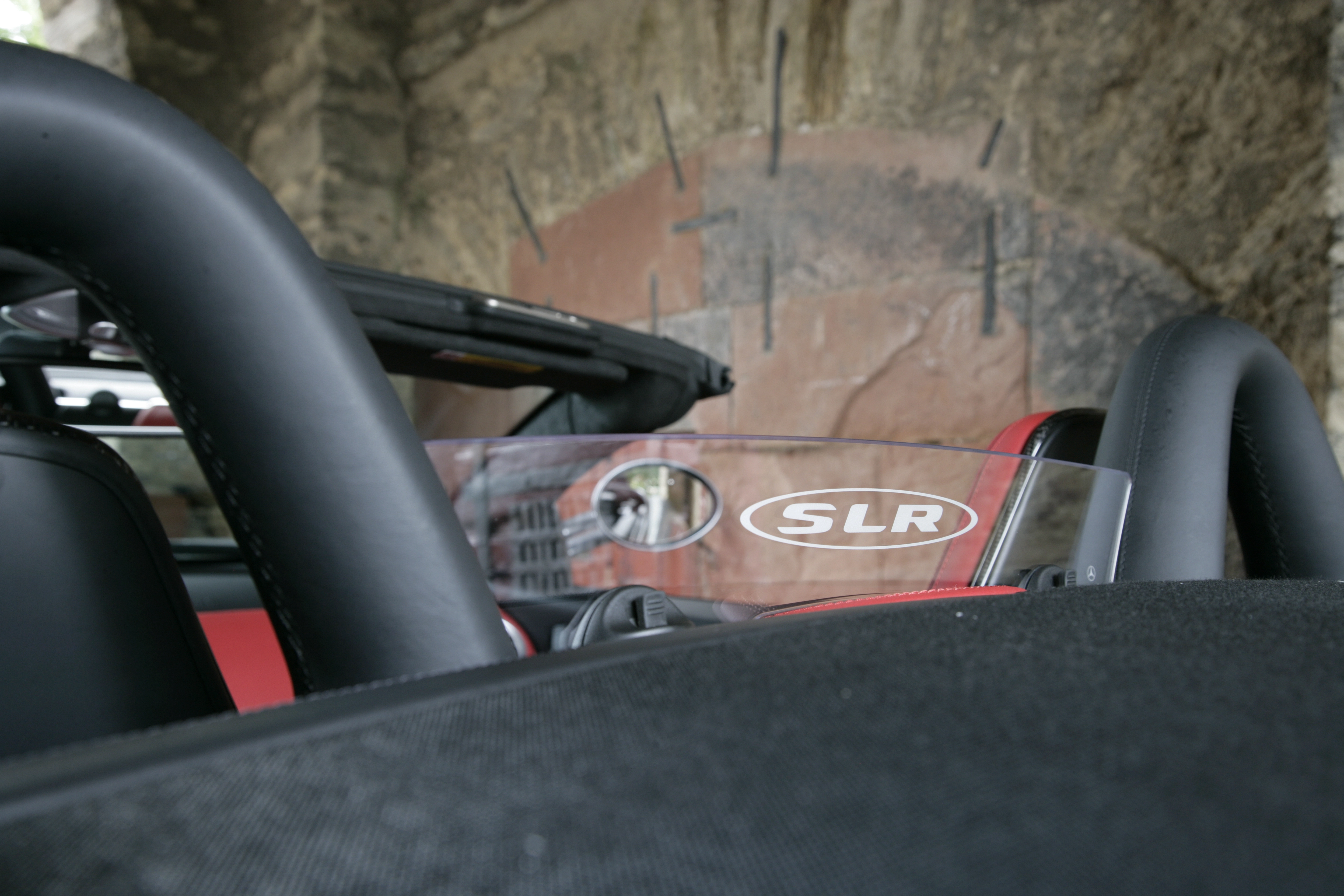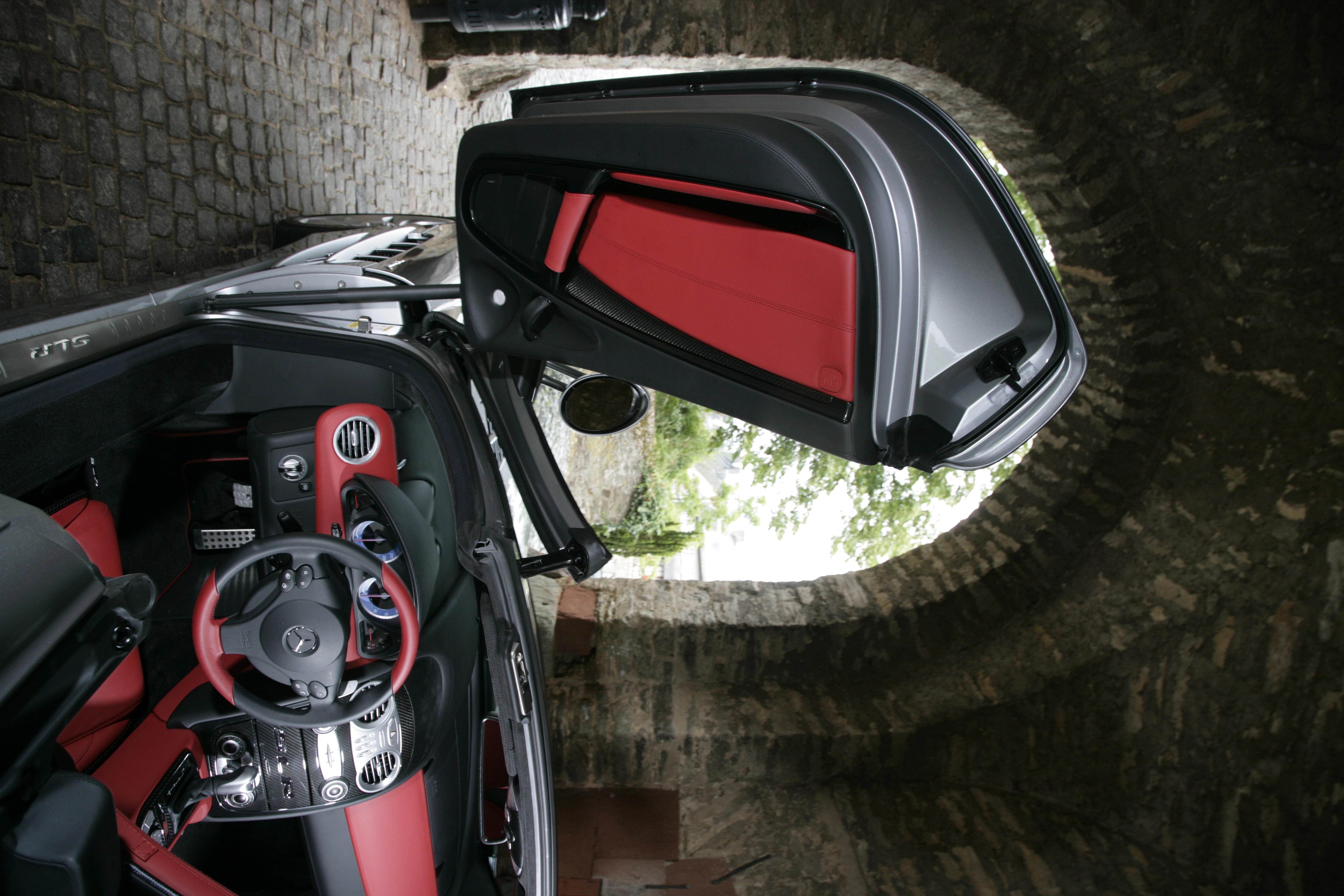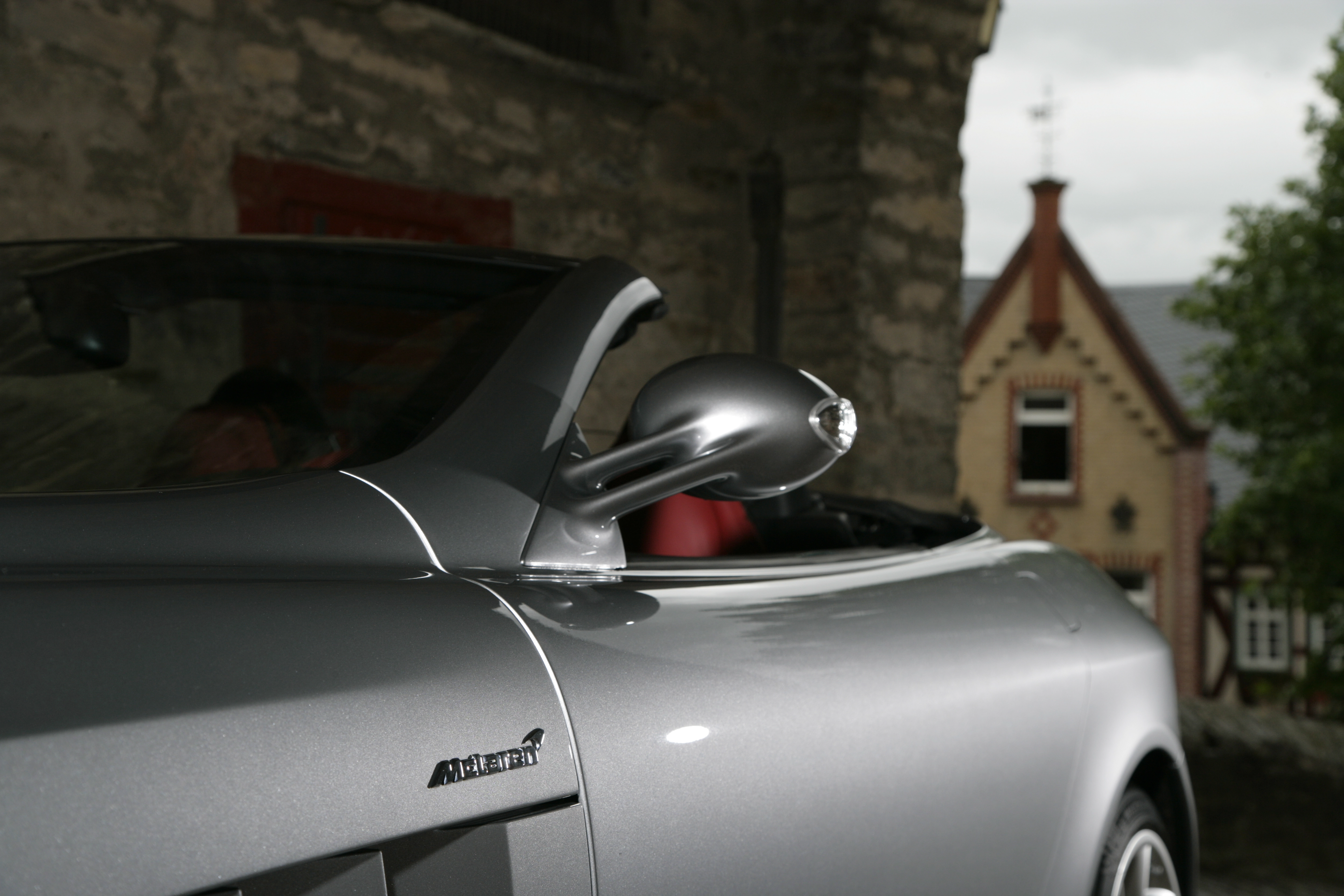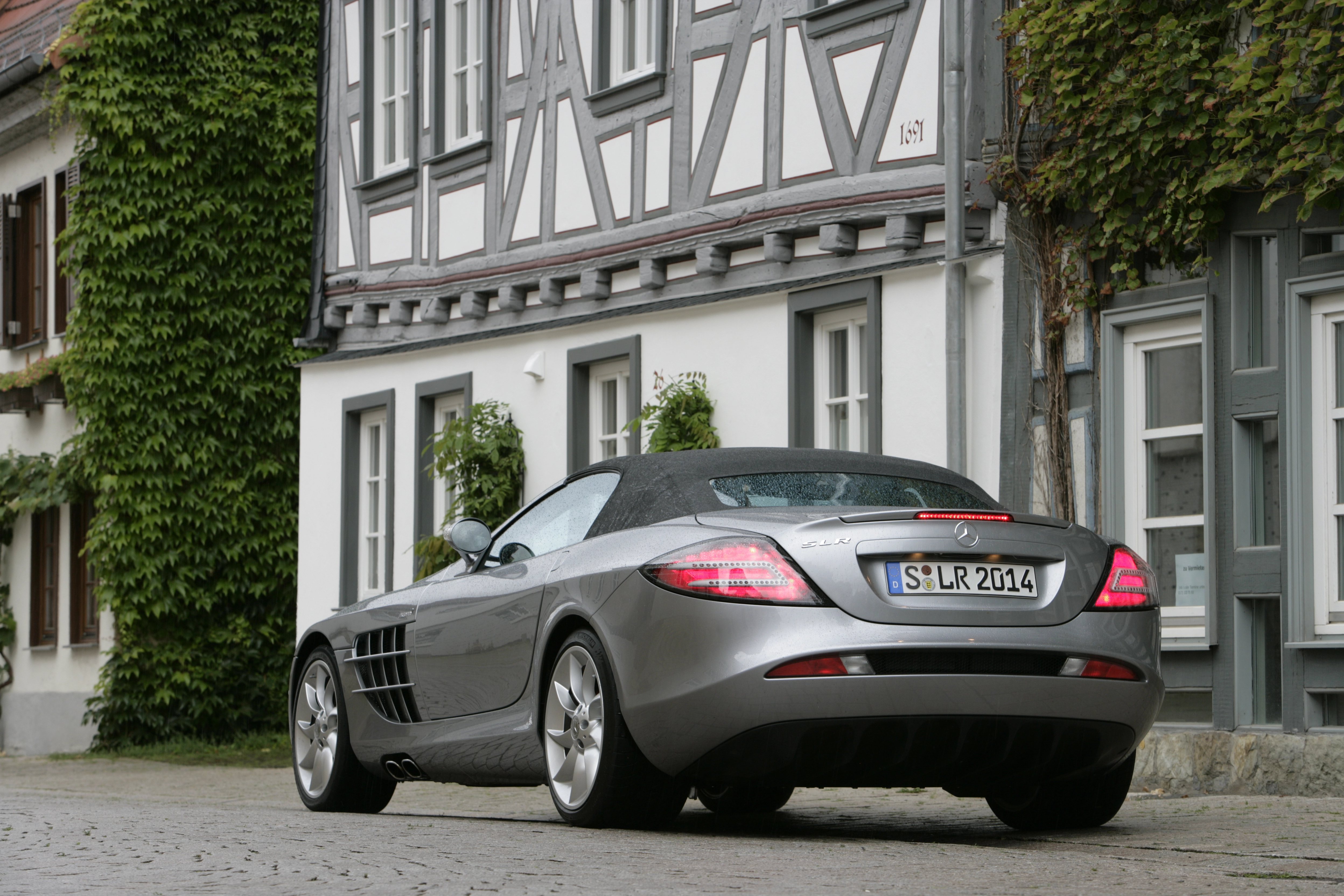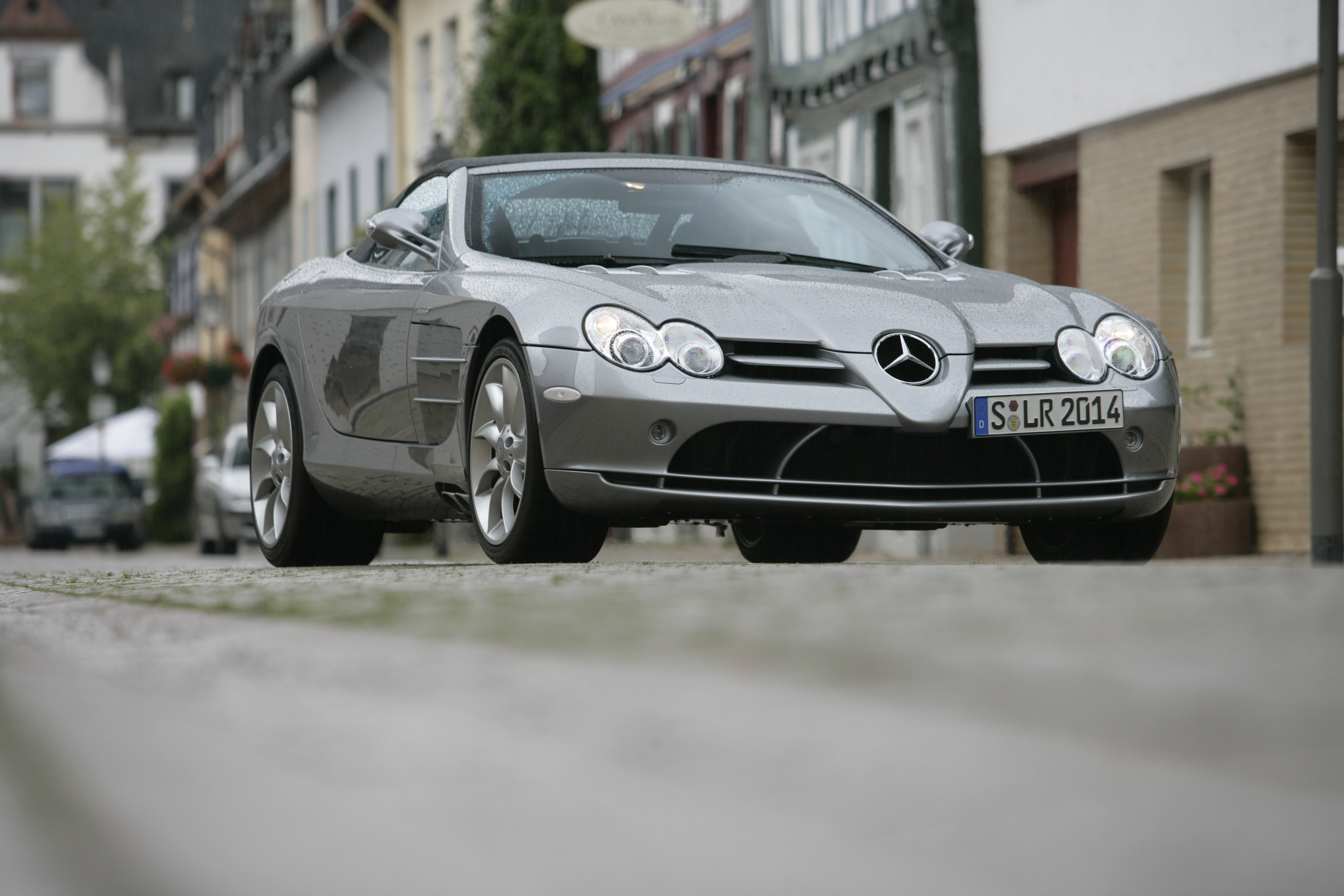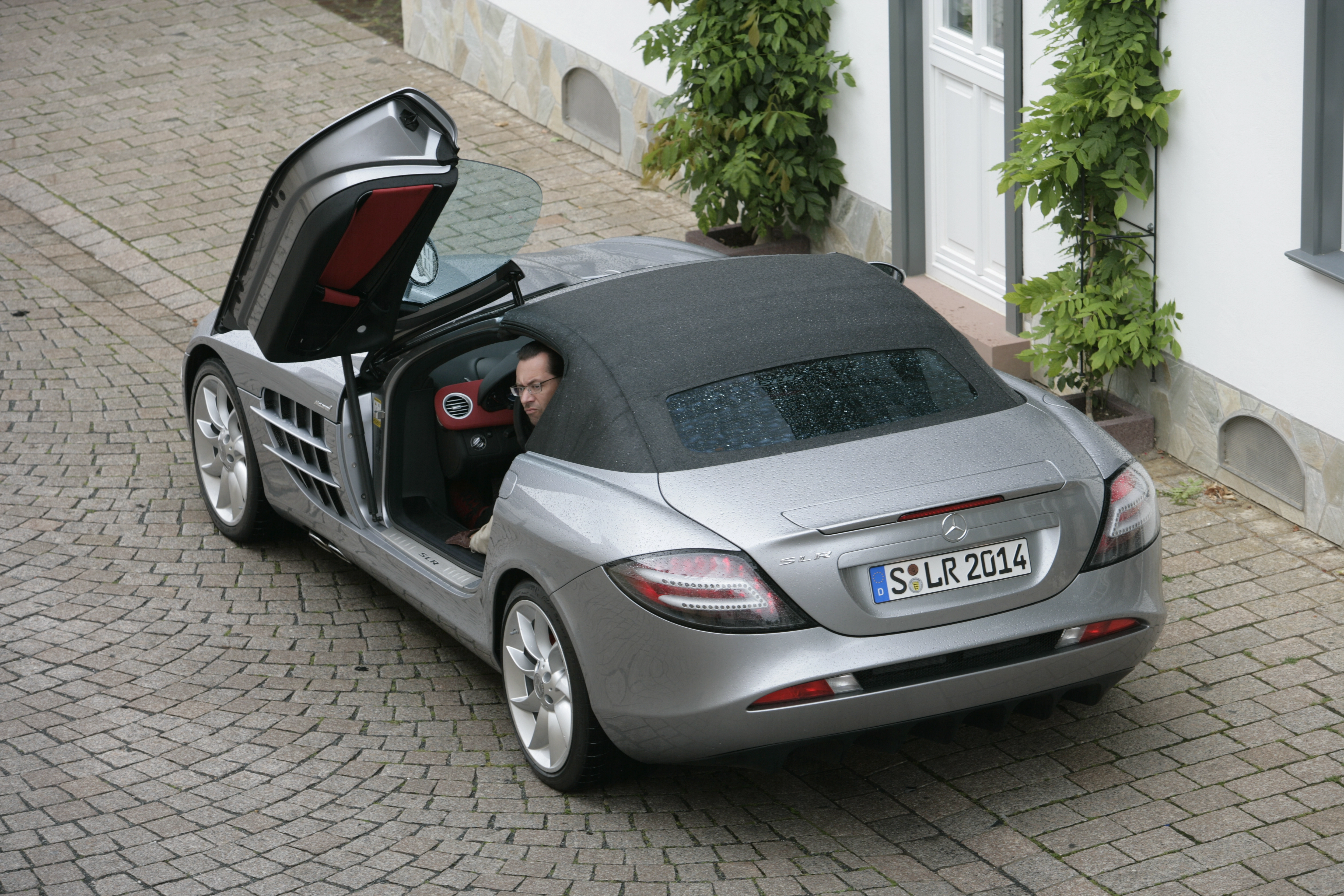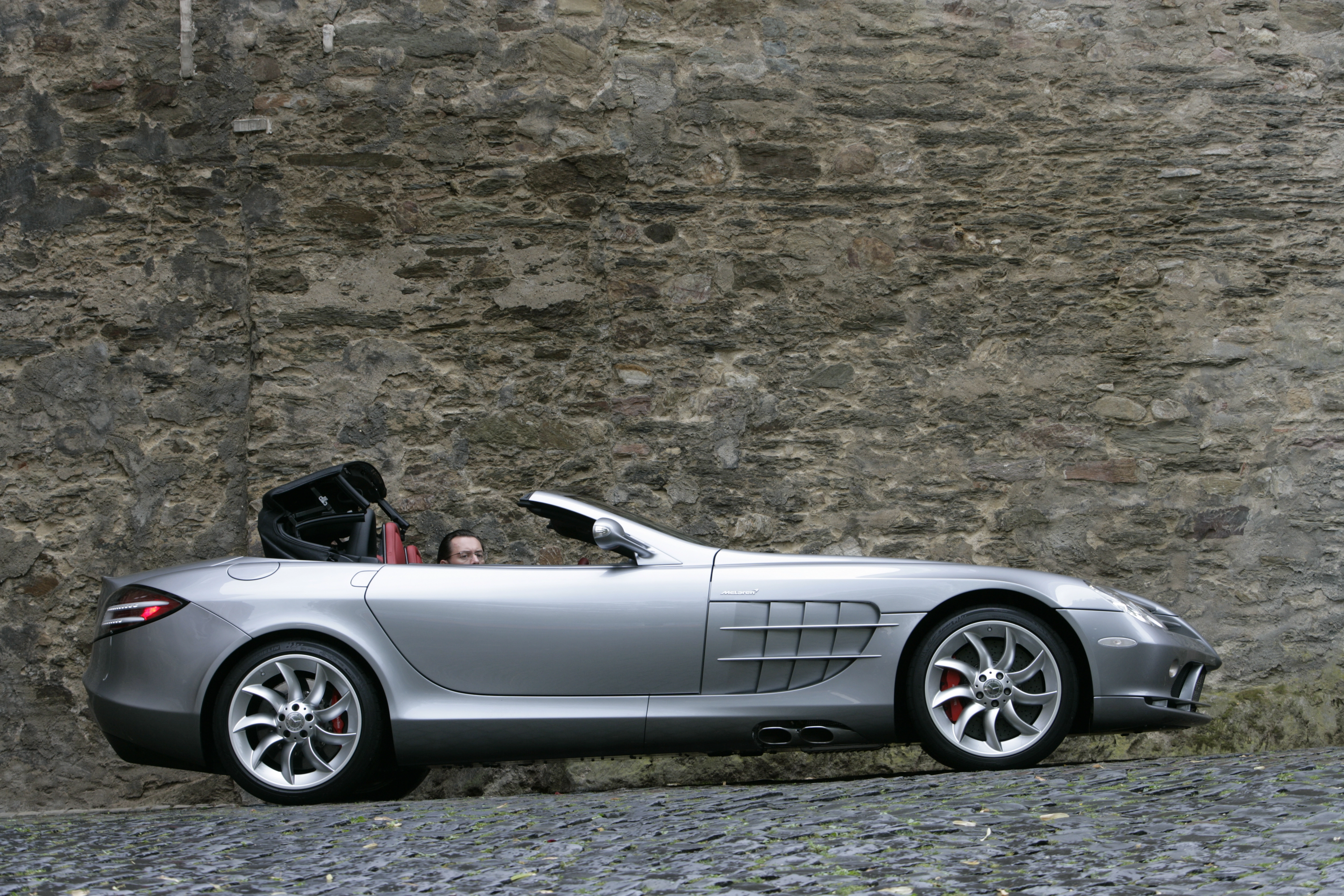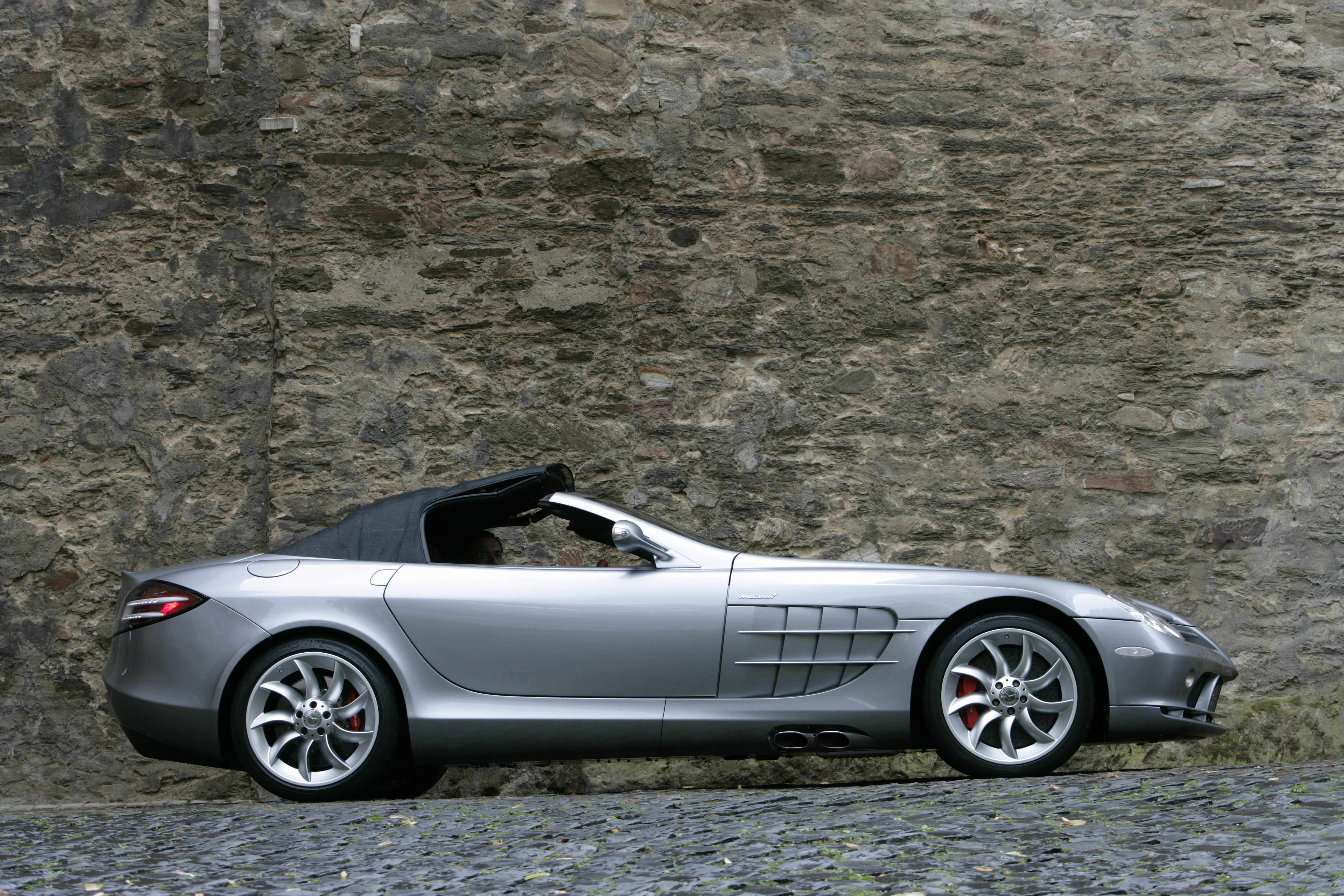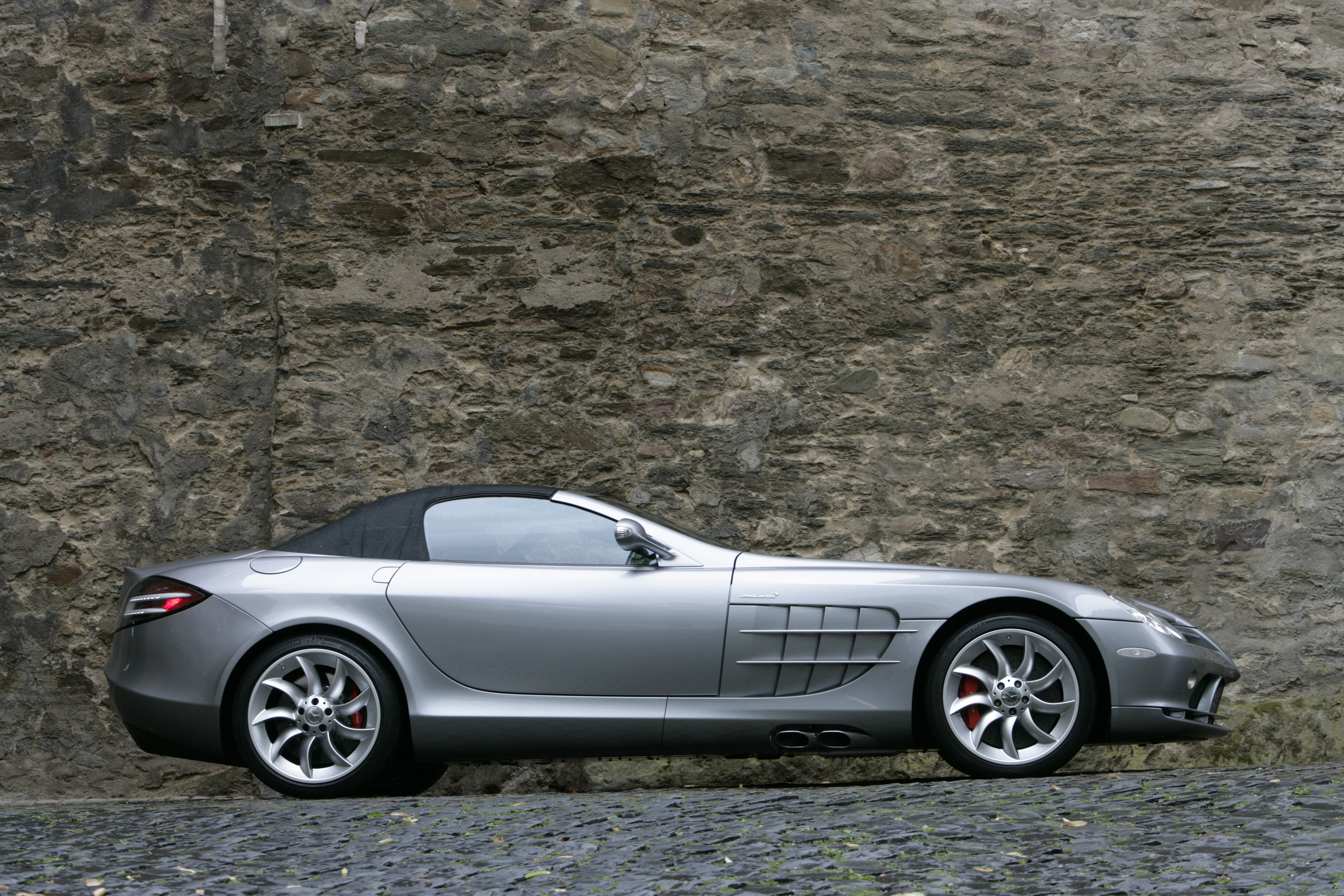Mercedes McLaren SLR Roadster: THREE STARS.

Redakcja Cabrio Magazyn
November 25, 2019r.
Similar from this category
21 June, 2024
13 November, 2023
01 November, 2023
BMW Skytop Concept. Luxury Targa in limited edition
21 June, 2024
AUDI TT FINAL EDITION or the end of a design icon
13 November, 2023
DS MANAGER. HAPPINESS AND POSITIVE VIBES WITH PARTNERS
01 November, 2023
Few now remember the car that once sparked the imagination of thousands of pimpled youths. A car that most puffed-up journalists heavily criticized, although most of them at most stood next to the SLR at some car show. It so happened that I drove thousands of kilometers with different versions of it and in no way drew the same conclusions. The best version of the McLaren SLR was the sportier 722 variant, but for everyday use I would recommend the Roadster.
The presentation of the Mercedes SLR McLaren Roadster to European journalists took place in Germany, along the Rhine River, in gray, damp weather. After driving the first stretch from the airport to the riverside hotel where lunch was prepared, I met Dr. Weissinger, at the time head of the technical department in charge of developing the SLR, Maybach and SL models. Herr Doktor, equipped by nature with a truly unusual, for a German, sense of humor, asked me if I had a good ride. With a stone face, I announced that the car was too heavy and too slow. Weissinger burst out laughing, but the subordinate standing next to him, a young engineer, turned pale and looked as if he had eaten a mouse. The car was actually minimally heavier and slower to 100 by one-tenth of a second than the Coupe. Only by a tenth, which proved the engineering prowess of Dr. Weissinger’s team.
I made a joke about speed, but I drove the first stage differently than usual: well, I tried to use the great torque generated by the engine as much as possible to burn as little gasoline as possible: the result approx. 10 l/100 km I consider quite an achievement. It required driving with the transmission in manual mode and manually forcing shifts to the highest possible gear. By the way, it is worth mentioning that the automatic transmission so often criticized in this car is not its fault: when you have so much torque, 5 gears are enough. Fast gear changes are needed in cars that lack thrust, and are also useful for officials with complexes, for whom the pinnacle of dreams is a Volkswagen with a DCT. For fast driving the SLR only needs as many gears as there are – the gearbox is almost armored and will withstand a lot.
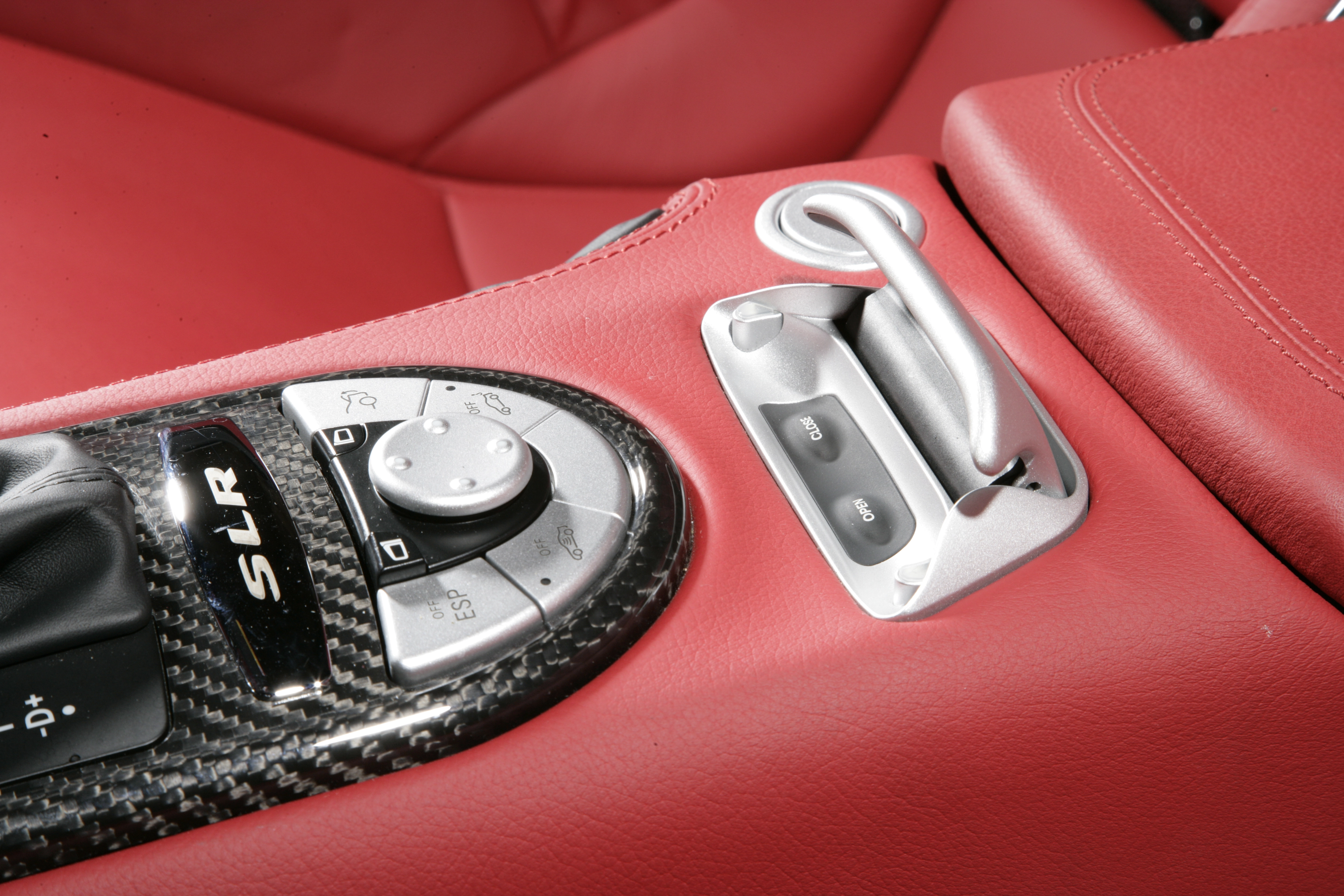
The rigidity of the body was not harmed at all by the removal of the roof, and it was undoubtedly one of the best roadsters or convertibles I have ever driven in this respect. Weissinger told me that care has been taken to make the soft roof usable at the full range of driving speeds. The Lamborghini Murcielago Roadster, sold in the same period, also had a soft roof, but the owner’s manual specifically said that above 200 km/h it would break off, so even in the rain on a German highway Lamborghini required travelers to be fully waterproof. Here, German engineers at Mercedes came up with the idea of making the front part of the folding roof from a solid block of aluminum, rigidly fastened with locks to the windshield frame, clad in the same technical fabric used to make the rear, bending, roof section. As a result, there was no dislocation or deformation after airflow.
At the time, no soft-top supercar offered such technical perfection of the roof itself. What’s more, the high sides of the cabin and the level of aerodynamic refinement have made it possible to reduce annoying cabin turbulence. Especially annoying for me – until all my hair falls out, I will continue to wear long hair. And the long hair in the convertible tangles around my face, spoiling visibility and getting into my mouth and nose. Nightmare. SLR Roadster? Zero turbulence. During lunch, Weissinger did what always set him apart from other overly serious German engineers: he began to tease me. With an innocent look on his face, he mentioned that during the tests it was verified that the turbulence inside the cockpit remained low up to almost 350 km/h. “I don’t believe it,” I replied with an equally innocent expression on my face. Well, the rain, which had tormented us for half a day, stopped (and the car no longer wanted to drive sideways in fifth gear with ESP on…), and I passed the posh hotel in Frankfurt, ignoring the promise of a well-deserved rest, and drove quietly toward Giessen.
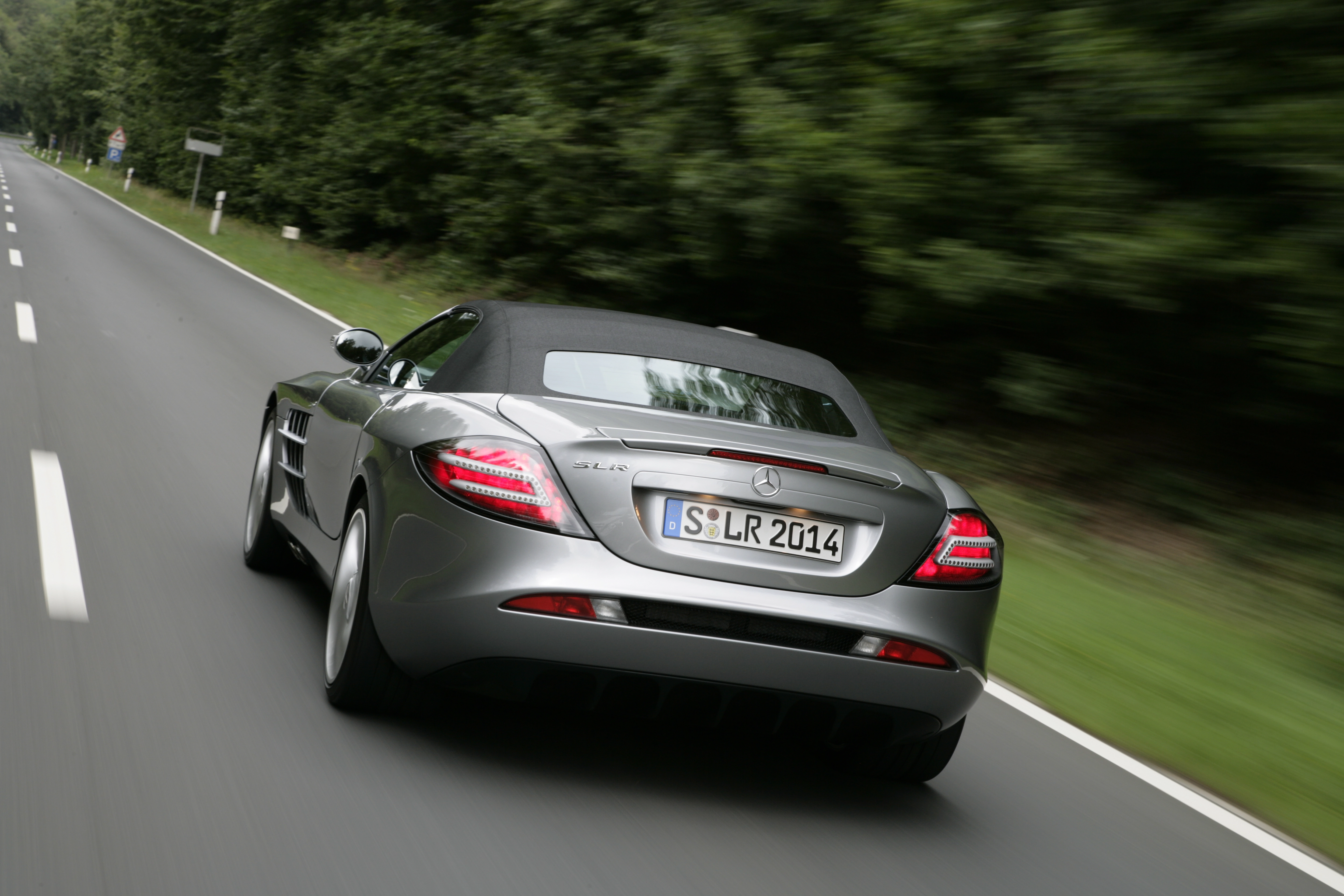
Why there? Well, because while the highway between Frankfurter Kreuz and Giessen is all subject to a speed limit, the return direction at the time had no limits. Only two lanes, but traffic is light. So I was able to check whether Herr Doktor was telling the truth. The gentleman accompanying me in the car knew what we were up to and tried to verify speed using a then-modern Nokia phone with a GPS receiver. This one stopped keeping up with the increasing driving speed at 275 km/h. I sped away, enjoying my ears with the bass thang of the supercharged mechanical compressor engine, up to about 330 km/h. Admittedly, it was impossible to talk, but in fact the turbulence did not reach a mood spoiling level for a moment. It made a great impression on me – aside from the BMW Z1, the SLR Roadster is still my favorite roofless car.
